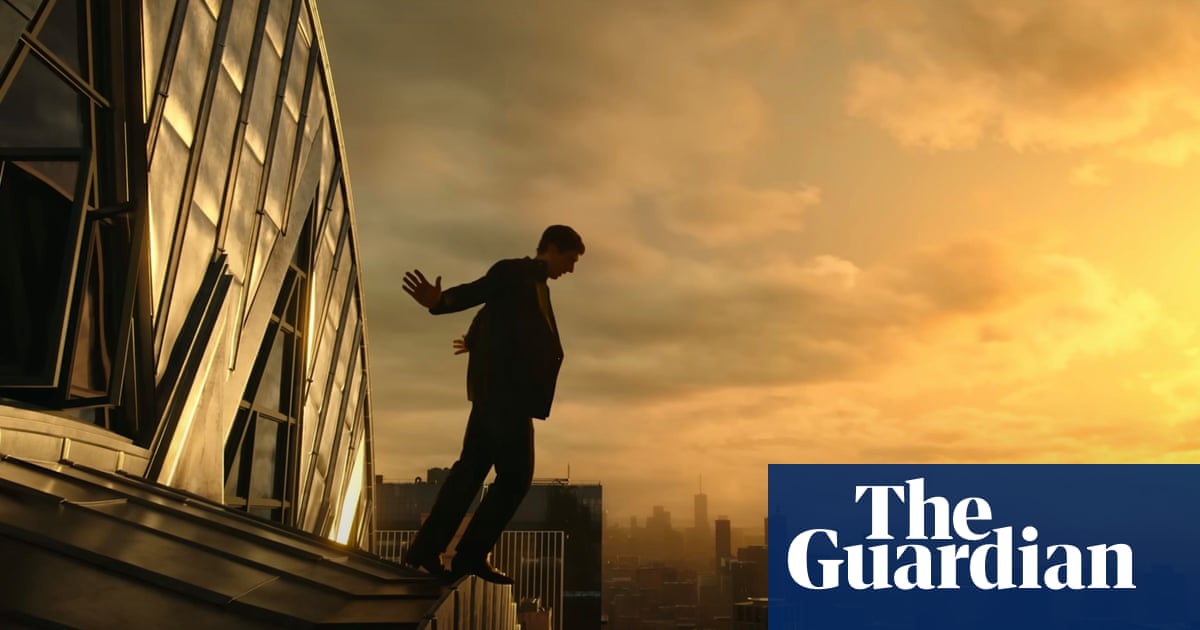- cross-posted to:
- [email protected]
- cross-posted to:
- [email protected]
Cast members including Adam Driver have spoken positively of their experience on the film, but, according to other sources, its making was almost as fraught and chaotic as that of Apocalypse Now. Much time and effort was allegedly wasted, crucial crew members quit halfway through and Coppola made things even more complicated by embarking on a property redevelopment at the same time. As one crew member put it: “It was like watching a train wreck unfold day after day, week after week, and knowing that everybody there had tried their hardest to help the train wreck be avoided.”
…
The actors seem to have been obliging at least; no heart attacks this time, although there was some tussling with Shia LaBeouf. “He and Shia had this wonderful combative relationship, which was very productive,” says Figgis. “Shia had a lot of questions, and sometimes Francis would be stressed by a bunch of other things and he would respond in a certain way. There was also a lot of humour involved, so it was very entertaining … But sometimes [Francis] was just like, ‘Ugh, I can’t deal with this,’ and he’d just go into the Silverfish and direct from there.”
By the sound of things, the shoot became a clash between Coppola’s old-school approach, privileging spontaneity and “finding magic in the moment”, and newer digital film-making methods, such as filming actors in front of virtual CGI landscapes in a “volume” – effectively a giant wall of LED screens. Today’s technology enables directors to realise anything they can dream up – including utopian cities of the future – but working this way demands preparation and collaboration. “I think Coppola still lives in this world where, as an auteur, you’re the only one who knows what’s happening, and everybody else is there just to do what he asks them to do,” suggested one former crew member, who did not wish to be named.
The crew member sometimes found Coppola’s approach exasperating: “We had these beautiful designs that kept evolving but he would never settle on one. And every time we would have a new meeting, it was a different idea.” When the crew member insisted they needed to do more work to determine how the film was going to look, they say, Coppola replied: “How can you figure out what Megalopolis looks like when I don’t even know what Megalopolis looks like?”
A lot of time was, apparently, wasted. A second crew member recalls: “He would often show up in the mornings before these big sequences and because no plan had been put in place, and because he wouldn’t allow his collaborators to put a plan in place, he would often just sit in his trailer for hours on end, wouldn’t talk to anybody, was often smoking marijuana … And hours and hours would go by without anything being filmed. And the crew and the cast would all stand around and wait. And then he’d come out and whip up something that didn’t make sense, and that didn’t follow anything anybody had spoken about or anything that was on the page, and we’d all just go along with it, trying to make the best out of it. But pretty much every day, we’d just walk away shaking our heads wondering what we’d just spent the last 12 hours doing.” As a third crew member puts it: “This sounds crazy to say, but there were times when we were all standing around going: ‘Has this guy ever made a movie before?’”
…
“We were all aware that we were participating in what might be a really sad finish to his career,” says a crew member. But some of them felt “he was just so unpleasant toward a lot of the people who were trying to help facilitate the process and help make the movie better”.
Several sources also felt that Coppola could be “old school” in his behaviour around women. He allegedly pulled women to sit on his lap, for example. And during one bacchanalian nightclub scene being shot for the film, witnesses say, Coppola came on to the set and tried to kiss some of the topless and scantily clad female extras. He apparently claimed he was “trying to get them in the mood”.
Things came to a head in December 2022, roughly halfway through the 16-week shoot, when most of the visual effects and art teams were either fired or quit. “I think he had to work quite hard to then figure out how to replace them,” says Figgis. “I think he just wanted to liberate himself while he was shooting. So he didn’t have to wait for stuff, and then he’d say ‘Oh, I’ll fix it later. I’ll fix it in post – which I guess he’s done.”
The virtual “volume” was abandoned in favour of more traditional “green screen” technology”, according to one source: “His dig at us was always, ‘I don’t want to make a Marvel movie,’ but at the end of the day, that’s what he ended up shooting.”
…
Early reactions to Megalopolis have been mixed. After a private screening in Los Angeles last month, one executive described it as “batshit crazy”. Another told reporters: “There is just no way to position this movie.” A third said: “It’s so not good, and it was so sad watching it … This is not how Coppola should end his directing career.” Shortly before its Cannes premiere, the film was acquired by distributors in the major European markets.
Others, however, were fulsome in their praise. “I feel I was a part of history. Megalopolis is a brilliant, visionary masterpiece,” said the director Gregory Nava after the screening. “I was so overwhelmed that I couldn’t do anything for the rest of the day.” An anonymous viewer at a London screening went even further: “This film is like Einstein and relativity in 1905, Picasso and Guernica in 1937 – it’s a date in the history of cinema.”
None of this will be new to Coppola: despite reports of on-set chaos and predictions of doom, Apocalypse Now won the Palme d’Or at Cannes in 1979, though it would not be regarded as a classic until a decade later. “Francis has always had this reputation for being ahead of his time,” says Beggs. “He’s laughed at and tolerated with good humour, and then, 10 or 15 years later, people are saying: ‘The guy knew what was going to happen.’”



Sounds like it was still easier then Apocalypse Now.